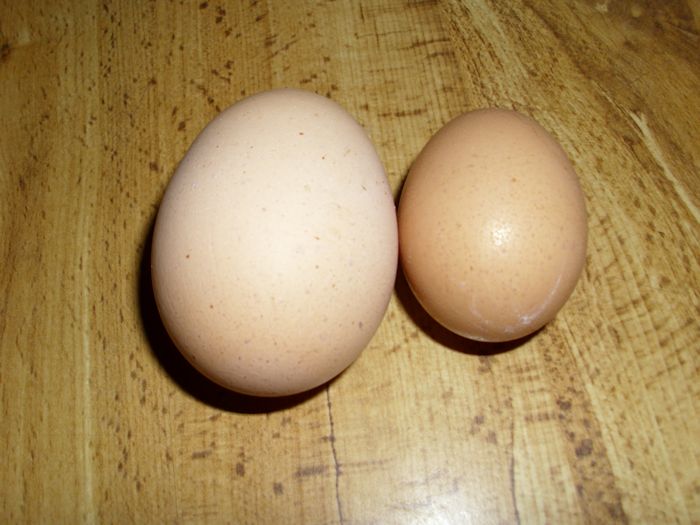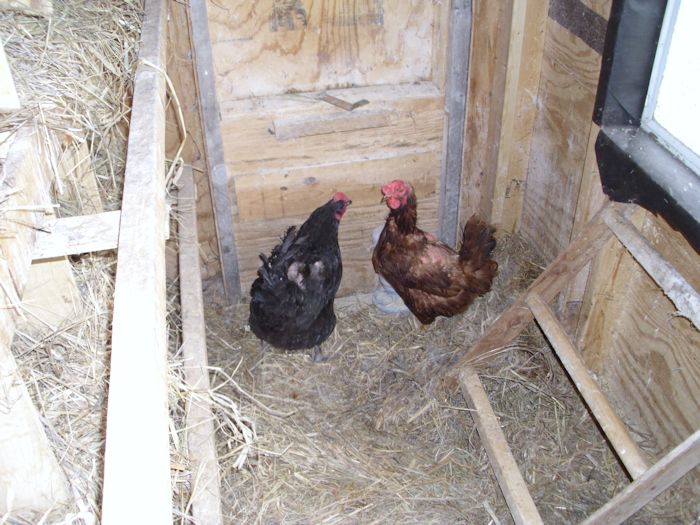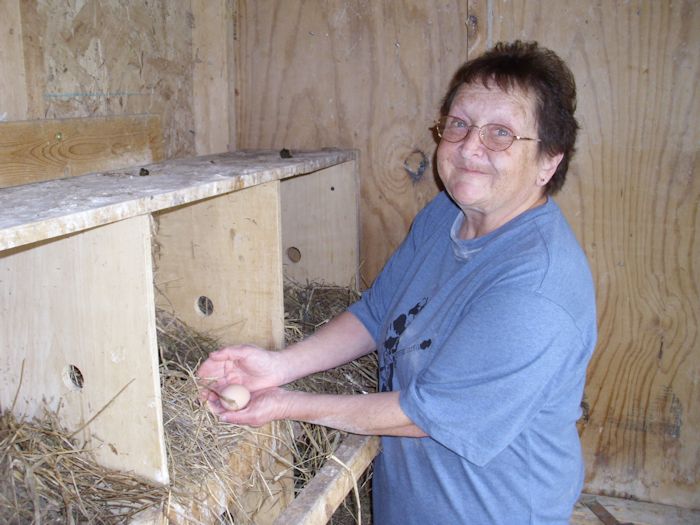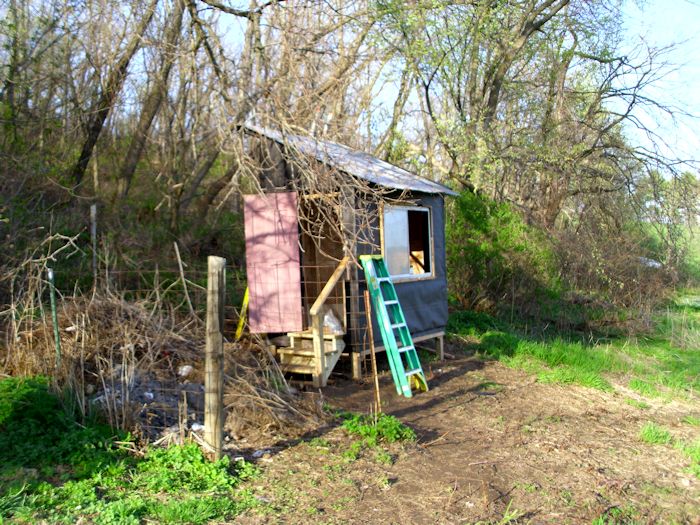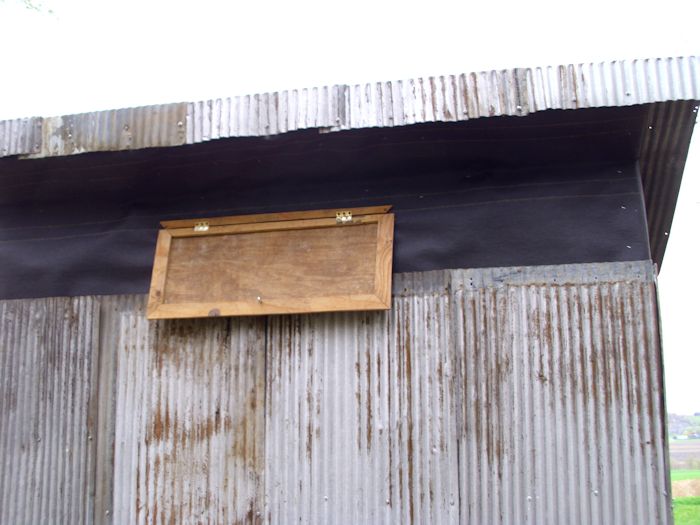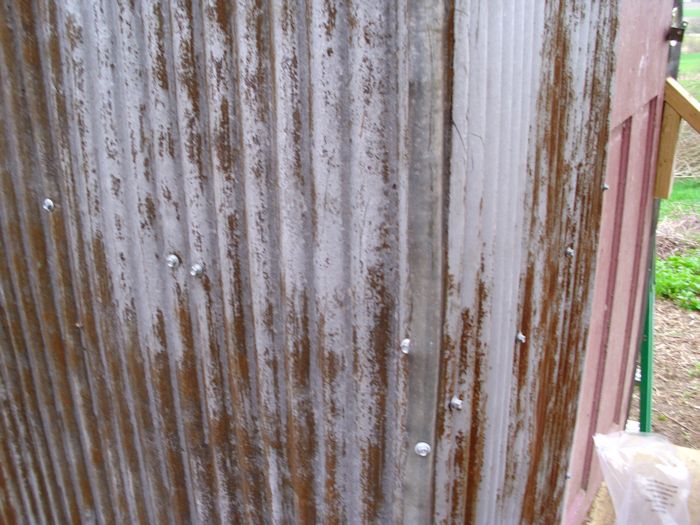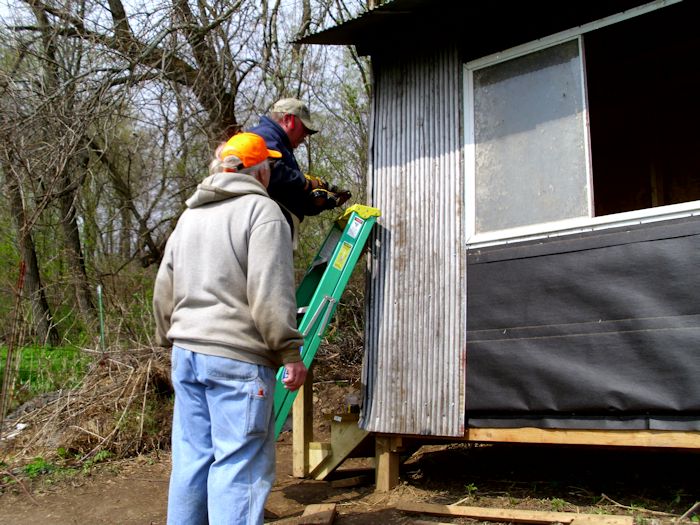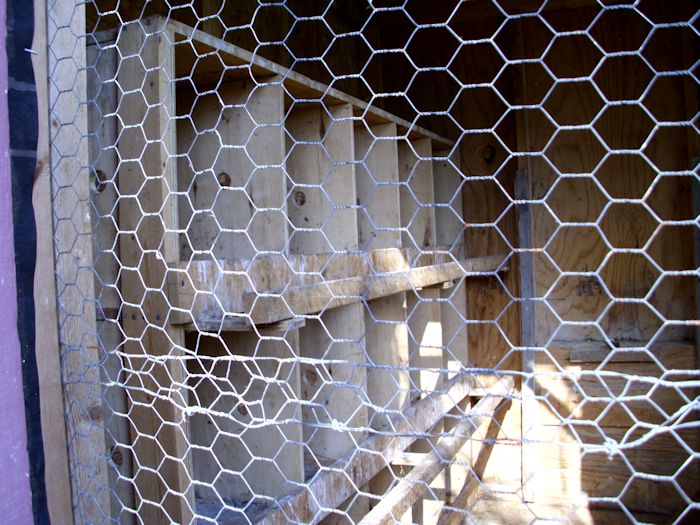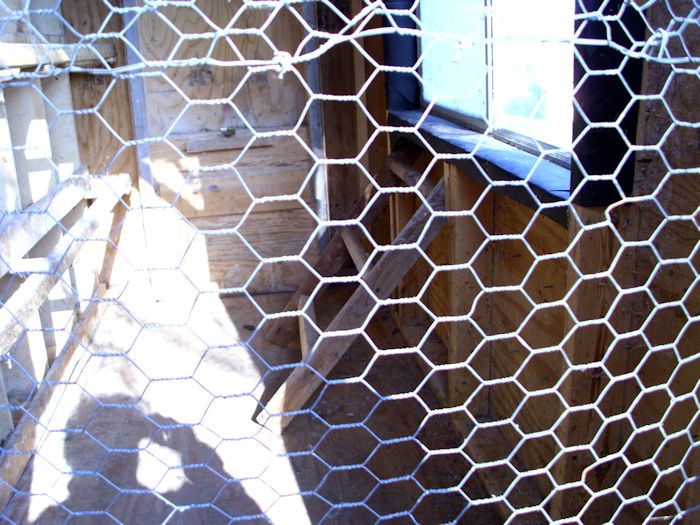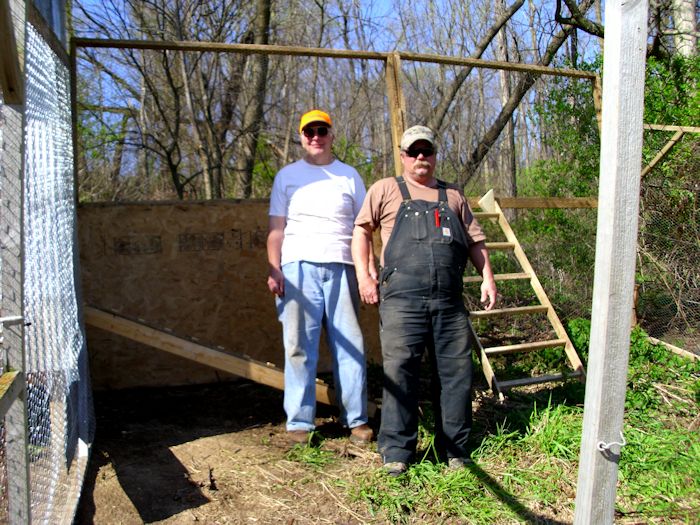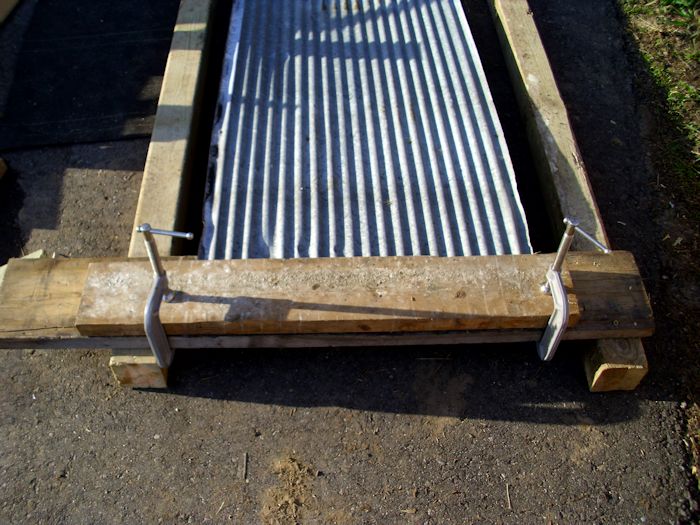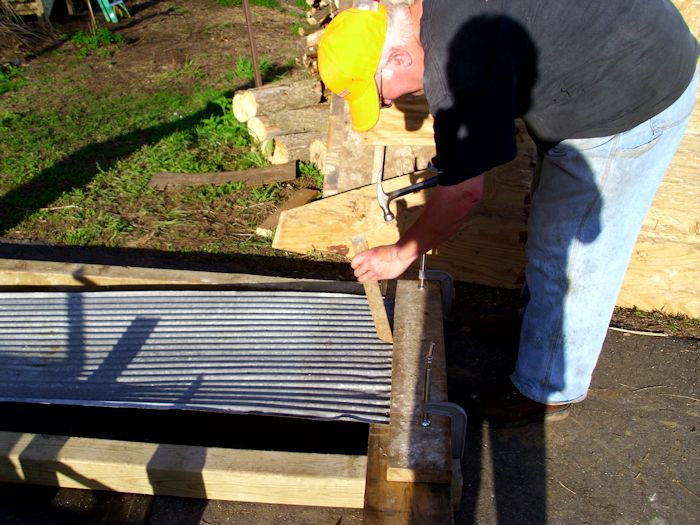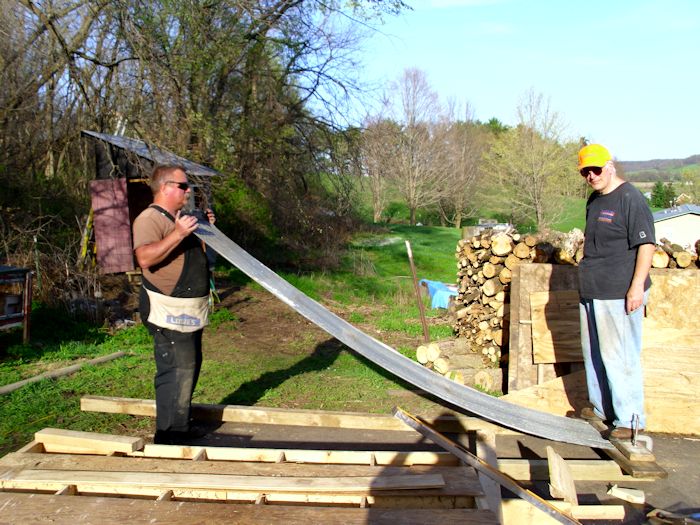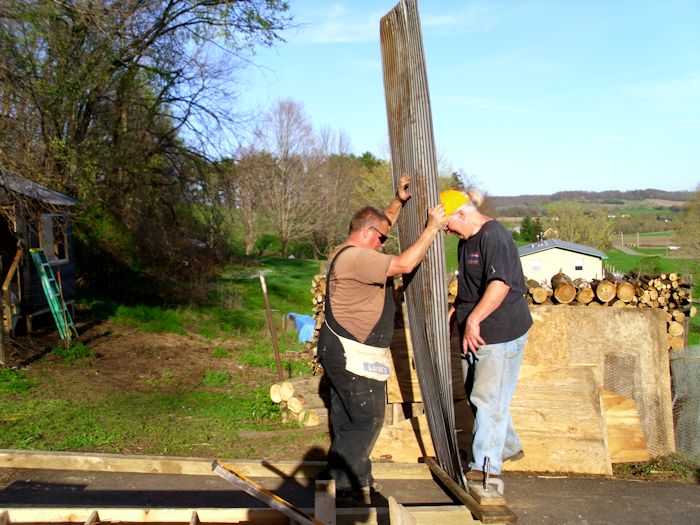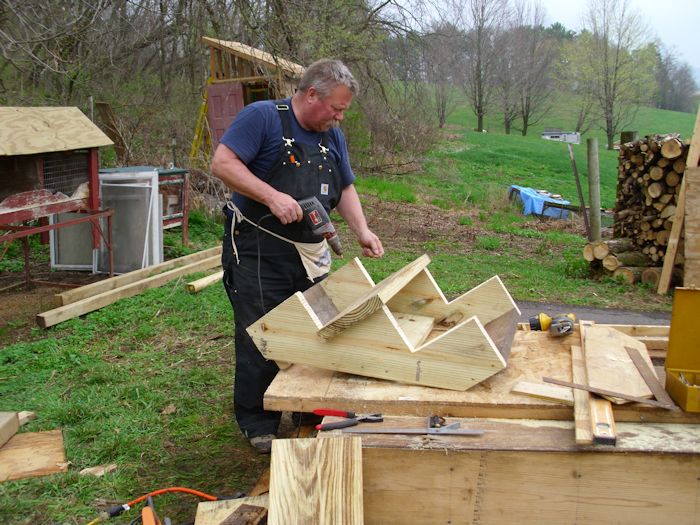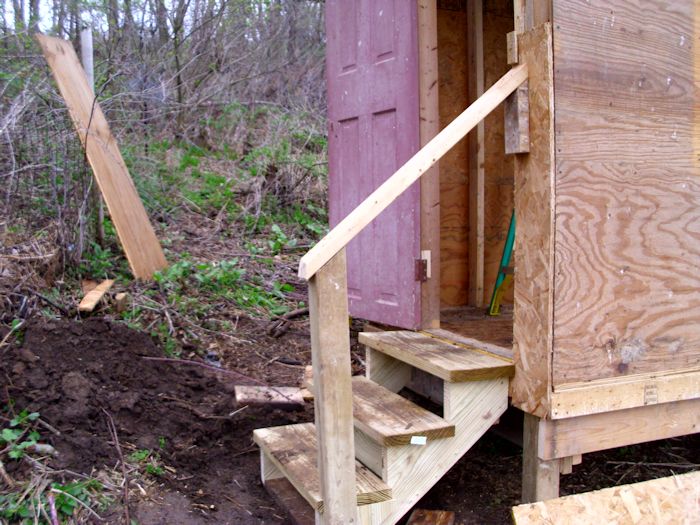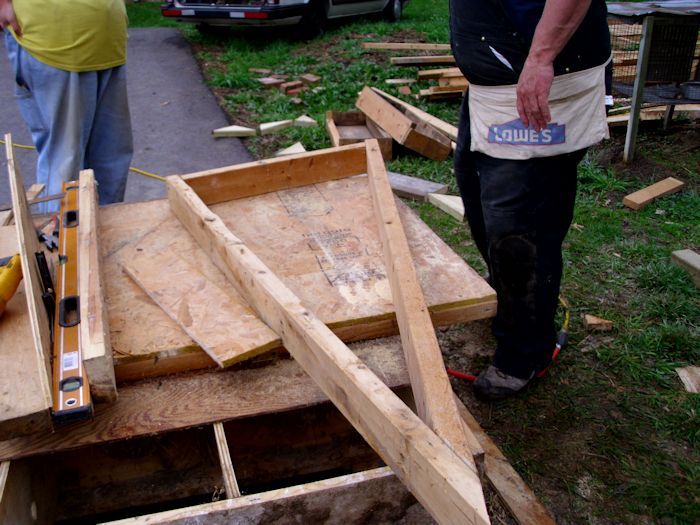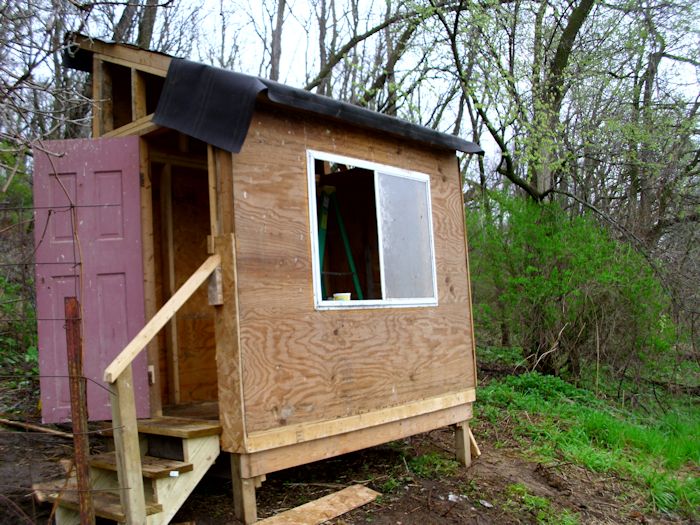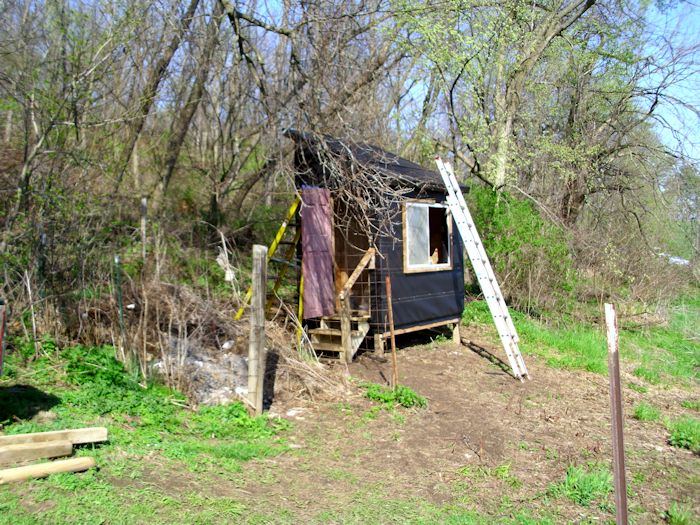In many ways, we follow some relatively old fashioned methods of animal husbandry. For example, a lot of people now use heated barns or other enclosures to protect their animals from winter. Of course, there are a lot of benefits to this approach, such as maintaining productivity during winter and reducing animal stress. One way to help reduce animal stress is to get some cbd for pets, this can help calm them and keep them mellow for a period if they are in distress.
However, there are also disadvantages that you must consider from a self-sufficiency perspective. For example, heating an environment for the animals incurs an additional cost that is unlikely to be repaid with additional productivity. In addition, such an approach is harder on the environment because the heat is normally provided by some sort of fossil fuel. Unfortunately, the biggest problem is the effect on the animal. If there is a power outage or similar issue that causes a loss of heat, the animal is going to be adversely affected in a serious manner because it isn’t used to the cold and hasn’t had any time to develop a fat layer. We can put on additional layers of clothing when the heat fails-animals typically don’t have this advantage. Animals also tend to have natural cycles, just as we do. The change in seasons helps keep an animal’s internal clock in sync.
Of course, it gets pretty cool here in Wisconsin. We do winterize the animal cages in various ways. For example, the rabbit cages receive a covering of plastic sheeting over the front to keep the wind at bay and also reduce some heat loss. Likewise, the chicken coop window receives a plastic sheet and the back window is both closed and secured. You can’t make the cages airtight, however, because doing so would trap harmful gasses from animal feces that would eventually prove detrimental to animal health. Even during the winter months, animal cages must have at least a little air movement to promote good health.
During the winter months, we also feed the animals food with a higher fat content that provides additional calories to help keep them warm. In most cases, this means adding more corn and oats to the rabbit food and providing them with additional high energy food treats (such as carrot scraps). The chickens receive various types of seeds with their feed, along with high protein sources such as meal worms. This approach follows what happens in nature. The seed heads of plants are exposed above the snow, so animals eat these high energy sources of nutrients during the winter months.
Our chickens love the forage all throughout the year. During the summer months they go out every day unless the weather is absurdly harsh (the weather service is predicting tornadoes). In the winter the chickens only go out on warmer, sunnier days. During the cooler days we keep them inside where they can huddle together to preserve warmth.
Part of our strategy is also to use the natural environment to our advantage. For example, all of the cages and the coop are south facing so that any sunlight tends to warm the interior of the cage or coop. There are times when we open the coop door and feel a surge of warmth come out simply because of the effect of the sun on the interior. So, it’s possible to rely on some level of passive heating to help keep animals warm.
Beside the other measures we take, we ensure we check the animal’s water more regularly during the winter to ensure the animals all have liquid water (not iced over in any way) to drink during much of the day. A good source of high energy/high calorie food and water are both essential to animal health during the winter months. All of our animals drink less during the winter, so giving the animal less water, but filling the water trays more often, is the best strategy to follow.
If the weather were to get terribly cold, we also make provision to keep the animals short term in the garage or basement of our home. Neither area is warm enough to stress the animals, but is warm enough to keep them from getting frostbite (a real problem for chicken combs). What sorts of things do you do to make your animals more comfortable and maintain their health in winter? Let me know at [email protected].

